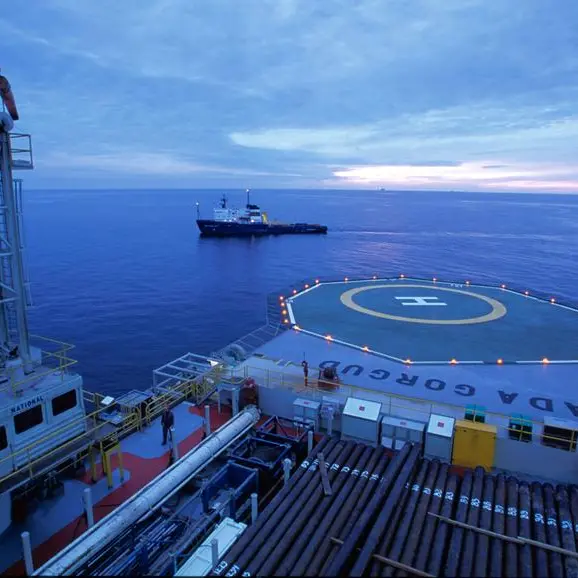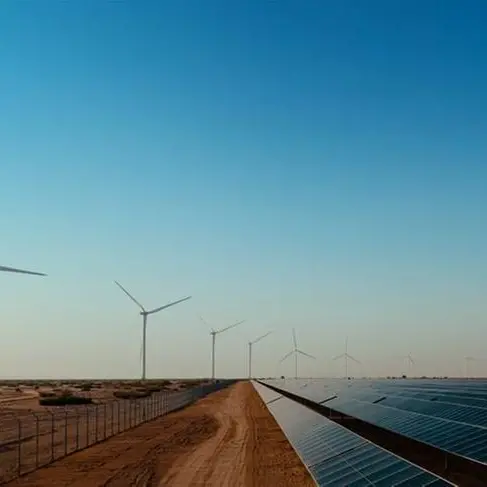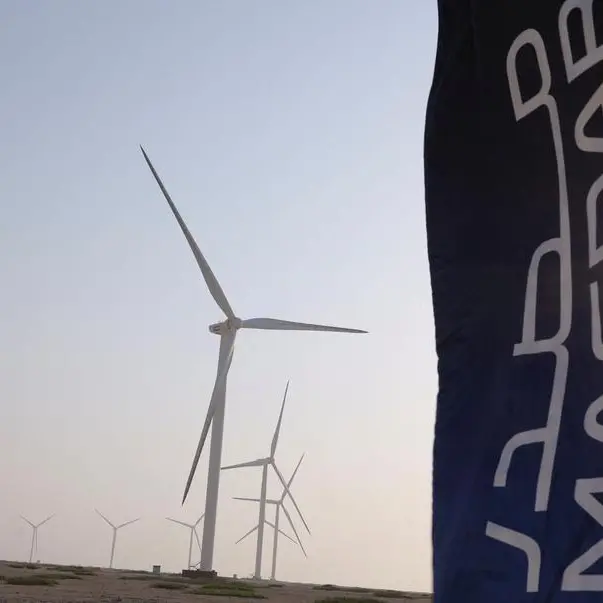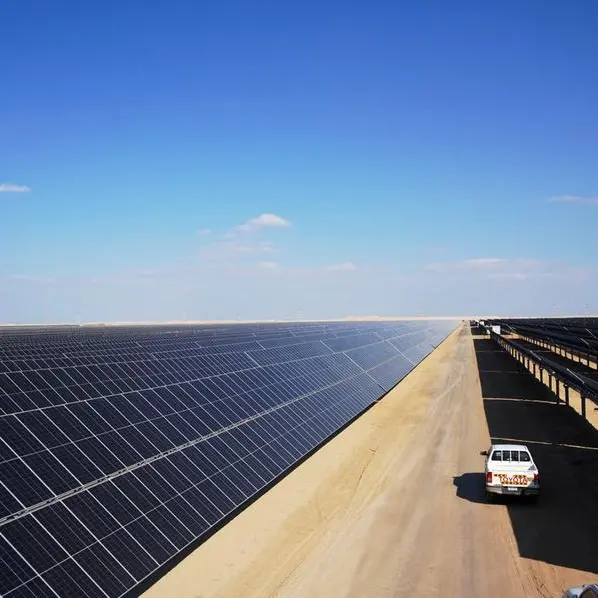PHOTO
The world will require to produce 15 per cent more energy in 2050 compared to now to meet the needs for a growing population and rising living standards, predicts Exxon Mobil Corporation's Global Outlook.
According to the report, in 2050, the world will see billions more people, prosperity, and higher energy output. While emissions will decrease with the advancement of low-carbon solutions, achieving net-zero emissions will require constructive policies, new technologies, and market-driven mechanisms.
The Global Outlook by Exxon Mobil provides estimates and projections of energy demand, supply, and trends through 2050.
Reliable, affordable energy, including oil and natural gas, will remain crucial for economic growth, especially in developing nations. Despite the benefits of affordable energy, billions still lack access to modern living conditions, highlighting the need for sustainable energy solutions to improve living standards, life expectancy, education, and income, it said.
In developing countries like India, GDP per person is low -- only about $2,000 per year -- and many earn less and lack access to basic necessities. This issue will worsen as the world's population grows from 8 billion to nearly 10 billion by 2050.
Exxon Mobil estimates that by 2050, the world will need to produce about 15 per cent more energy to meet the needs of 2 billion more people and a doubled global economy, with most of it going towards meeting the higher living standards of a developing world with a larger population.
The expansion of economic prosperity will depend on increased access to abundant, affordable energy, as human progress has been fueled by higher energy use.
“Energy use and economic development are inseparable. Where there is energy poverty, there is poverty. And where energy availability rises, living standards rise as well,” the report says.
SHIFT IN ENERGY MIX
The Global Outlook predicts a significant shift in the world's energy mix by 2050, with a rise in solar and wind energy and a decrease in coal. Solar and wind energy is expected to triple from 2 per cent to 11 per cent of the world's supply, while coal will be replaced by lower-emission sources like natural gas. Electricity use is expected to grow 80 per cent by 2050.
Oil and natural gas, which make up over half of the world's energy supply, are expected to remain essential due to their energy density, portability, availability, and affordability. However, oil use is expected to decline in personal transportation but will remain crucial for industrial processes and heavy-duty transport like shipping, long-haul trucking, and aviation.
Natural gas use is expected to increase by over 20 per cent by 2050 due to its utility as a reliable and lower-emission fuel for electricity generation, hydrogen production, and heating in industrial processes and buildings.
EMISSIONS
The world is expected to produce significantly fewer carbon emissions in the future due to the rise of renewables, the decline of coal, and improvements in energy efficiency.
Energy-related CO2 emissions are projected to peak at over 34 billion metric tons this decade and decline to 25 billion metric tons in 2050.
Despite the global economy growing by over 100 per cent, the world's ability to reduce emissions by 25 per cent is a testament to significant progress. However, more is needed to meet the emission-reduction levels required to keep global temperature increases below 2 deg C.
The average of the Intergovernmental Panel on Climate Change (IPCC's) Lower 2 deg C scenarios requires emissions to fall to around 11 billion metric tons by 2050. The affordable decarbonisation of these economic sectors, which account for half of all energy-related emissions, is a critical goal of any energy transition.
Three scalable technologies hold significant promise for hard-to-decarbonise sectors in IPCC Lower 2 deg C scenarios:
• Carbon capture and storage is a proven and safe technology that reduces emissions from manufacturing and power generation, transporting CO2 emissions to suitable geologic formations and permanently storing it underground. This technology has been endorsed by the European Union, US administration, and the United Nations.
•Hydrogen, a fuel that produces only water as a byproduct, can be produced by converting natural gas into hydrogen and CO2, using the hydrogen as fuel while the CO2 is captured and stored. Other sources of low-emission hydrogen include using electricity from nuclear or renewables to split water molecules into hydrogen and oxygen.
• Biofuels can be a drop-in substitute for fossil fuels on a life-cycle basis, particularly useful in commercial transportation, returning CO₂ absorbed during the growing process.
ENERGY DEMAND: THREE DRIVERS
The energy transition is underway, but it is not yet reaching the scale or timetable needed to achieve society's net-zero ambitions. Three key drivers are available: continued public policy support, technology advances, and market-driven solutions.
Public policy support, such as the US Inflation Reduction Act, permits reform, enhances transparency, and recognises the importance of keeping supply matched with demand.
Technology advances, such as the International Energy Agency's report, show that only two of the 55 technologies needed to reach net-zero emissions by 2050 are "on track." An all-of-the-above approach to technology will lead to cost-efficient solutions produced in a timely manner. Market-driven solutions, where society incentivises driving emissions down, are also needed.
The world has made significant progress since the signing of the Paris Agreement in 2016, with incentives for wind and solar catalyzing rapid deployment and cost reductions. Technological breakthroughs in shale have enabled natural gas to disrupt coal, and new markets for solar have been created for both residential and utility-scale use.
However, progress will need to occur in parallel, supported by technology-agnostic policies that incentivise all approaches equally. Multiple approaches, nurtured by public-private partnerships and cross-industry collaboration, will be needed.
Copyright 2022 Al Hilal Publishing and Marketing Group Provided by SyndiGate Media Inc. (Syndigate.info).























